As you leaf through multiple copies of the Fabrica, you begin to notice that not all illustrations look the same in all the exemplars. Some of them clearly exist in multiple copies because, for instance, the woodblock chipped at one point in the printing process. Others change along a continuum, as the gradual erosion of a block translates to the page. Is it possible to identify, describe, and analyze these variations and create a system, or at least a heuristic method, for sequencing individual copies within the 1543 and 1555 print runs? Would it be possible to determine whether a certain copy was printed early in the process, or if it was one of the last copies to leave the press of Oporinus? Combined with the study of watermarks, and the known provenance information for copies, we could learn a great deal about the distribution and movements of the Fabrica across time and space.
There are methodological questions, of course. Firstly, gradual deterioration isn’t easy to measure. Secondly, the quires of early modern books were often printed independently of each other, and bound together only by the buyer. Printers would stack pages before gathering and binding, shuffle them around, subcontract batches to other printers, and combine pages printed at very different times for other reasons.
Thus, there may well exist copies where the first half of the volume was printed early in the process, while the second half of the volume was printed late. This could be especially true for the Fabrica. It is well known that at least two presses were involved with printing the 1543 edition, working in relative independence from each other, which resulted in a rather haphazard system of pagination. The 1555 edition, in turn, was printed in two batches. The first five books were ready several years before the remaining books went under the press.
These are important challenges, but neither is decisive enough to ab ovo doom a sequencing attempt. Blair Hedges’ Evolutionary Biology Lab has developed promising techniques for quantifying small, incremental changes in print quality. And while mixed pages remain an issue, if one assumes that Oporinus did not follow a complex master plan to completely randomize the pages in both editions, but also collated simply what was printed, then variations in some illustrations in some copies will necessarily reflect the deterioration of the woodblocks. Combined with watermarks and provenance (which have their own methodological issues), it is then reasonable to assume that enough illustrations in enough copies reflect the pattern to warrant a sequencing attempt.
Another strength of this sequencing model is that it is highly falsifiable. Firstly, we have the 1934 Icones anatomicae, a careful printing from the woodblocks in their final stage before their destruction in Munich in World War II. The potential set of features that can allow us to distinguish between various states of the 1543 and 1555 printings is limited to features that are better than, or identical with, the final prints from 1934.
Secondly, our model is self-testing. For instance, if in Copy 1, Illustration 1 is damaged and Illustration 2 is undamaged, while the reverse holds in Copy 2, then we are dealing with mixed pages (or, less likely, we mistook a flaw in the paper or another unrelated feature for print from a damaged woodblock). If no pattern whatever emerges from a large sample of copies and illustrations, it would still have been worth testing our model, as we know from the laudable recent calls for new scientific standards, including reporting negative findings.
So what did we find? Contrary to our skeptical expectations, an initial small sample of 5 illustrations in 30 copies has yielded a consistent sequencing pattern. Let us give just two examples.
For instance, page 108 of the 1543 edition presents three bones of the ulna, in two views each. In some editions, one of these illustrations (the first view of the second bone) shows a chip in the contours of the bone next to the legend M. The Coimbra, Countway 1, 2 and 4, and Rauner 1 copies of the Fabrica show uninterrupted lines, while the Augsburg, Basel, Newberry, Rauner 2, Tours, and Utrecht copies have the break. In the 1555 edition, this illustration is on page 133, and the break shows in all examined copies. The careful 1934 printing confirms that the break remained in the woodblock.
The 1555 edition introduced new illustrations, and new distinguishing features. To illustrate how our model might work for gradual damage, here is the degradation of the bow that ties off the intestinal tract on page 560 (this image is not present in the 1543 edition).
The universe of examined copies, both first and second editions, as well as the 1934 final print, confirm the patterns adumbrated above. Based on the small set we examined so far, and merely illustrated here, the groupings established by sequencing copies on the basis of deterioration in the woodblocks appear to work well.
We will continue to compare copies and illustrations and, in time, write a short article. If you have any suggestions for improving our method, please let us know.







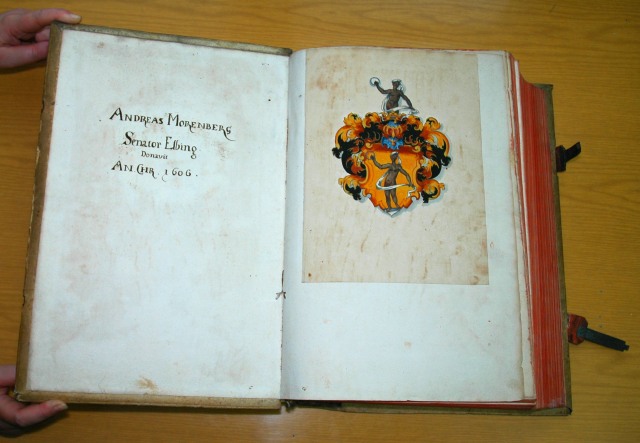
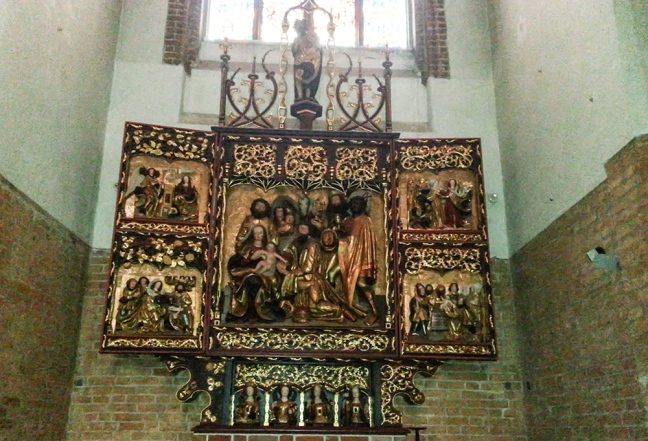
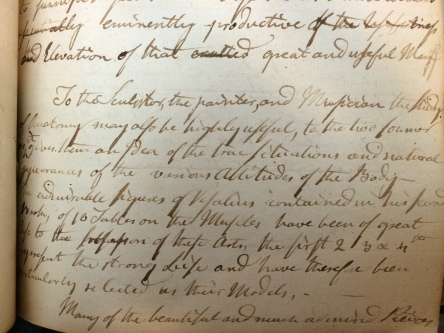
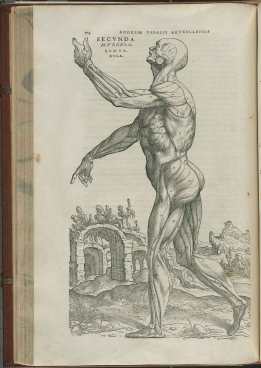
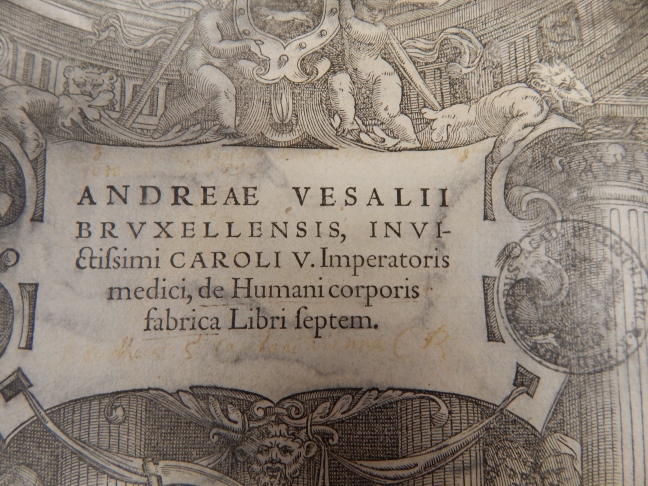 The Josephinum in Vienna is mostly known for its amazing collection of
The Josephinum in Vienna is mostly known for its amazing collection of